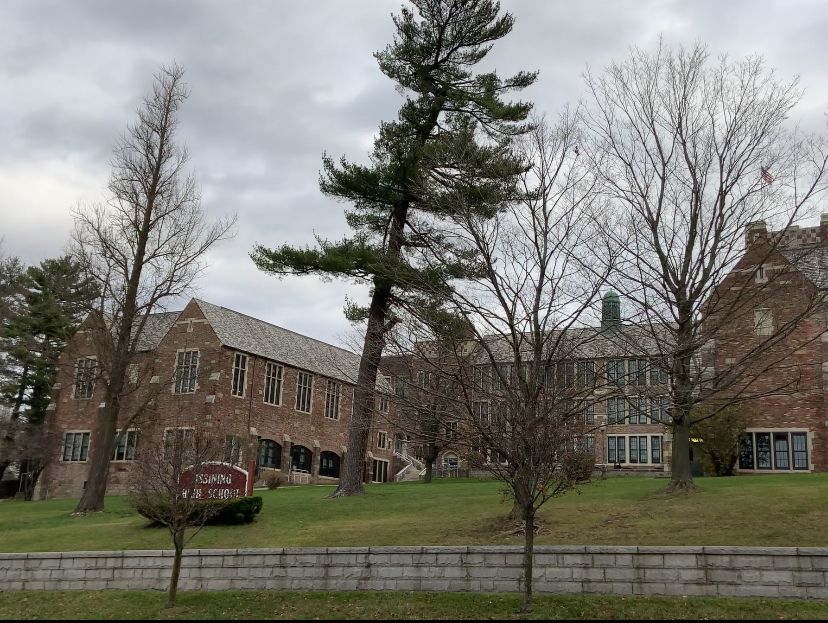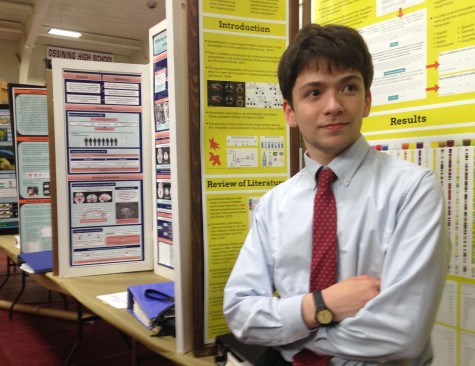In early March, a new breakthrough in the study of HIV and AIDS was made. A child, born two years ago in Mississippi, was declared cured of HIV. The discovery was announced at the 2013 Conference on Retroviruses and Opportunistic Infections in Atlanta. Previously thought to be impossible, stories of cures for HIV have suddenly popped up everywhere. This unidentified baby, as it turns out, wasn’t the first to be “effectively cured” of the disease, and maybe not even the most recent. But why is this child so news-worthy? Isn’t there some significance to their treatment?
The child in question had an unusual scenario surrounding its birth, with the mother only finding out that she had HIV just around the time when the baby was ready to be born. As soon as they could get their hands on it, doctors performed multiple blood tests on the child. They immediately began to give it an aggressive drug treatment of AZT, 3TC, and nevirapine, hoping to stop the virus before it could develop hiding spots and back-ups within the body. The mother had received no prenatal AIDS treatment, so it was no surprise when the baby tested HIV-positive.
Therapy continued after birth, and after one month of treatment the virus was barely detectable. The hospital lost contact with the family some time during the process, when the child was approximately 14 months old. When the mother returned for more treatment 9 months later they expected the baby to have a large HIV load, as no further drugs had been administered. But the virus was still undetectable, proving to be quite a puzzle.
Dr. Rowena Johnston, the director of the Foundation for AIDS Research said, “If one had to make an educational guess, the difference was receiving the treatment very soon after birth—earlier than standard of care in the U.S.” The results were surprising to her in that doctors don’t recommend stopping drug treatments at all during early childhood of HIV+ children. Dr. Hannah Gay, an HIV specialist, continues to look after the baby, checking for any sign of the virus’s return. Yet even some of the most precise tests show barely any HIV DNA.
This is a much safer approach than that of the previous HIV-cured patient, Timothy Brown. Brown was HIV+ and was planning to have a bone marrow transplant due to having leukemia. The donor had a CCR5 mutation that made his tissue naturally resistant to HIV, and after the surgery was done Brown’s HIV symptoms lessened. Brown was diagnosed with HIV in 1995, and was given anti-retroviral drugs soon after. The transplant allowed Brown to stop taking the drugs and remain relatively free of HIV. Other possible cured patients have had similar experiences to that of the Mississippi baby, but further investigation is needed to validate the results. Some aren’t even convinced that the baby had HIV in the first place.
Even if the child wasn’t completely cured, successful treatment and recovery represents a major step in helping HIV+ children and adults. This new method of treatment is safer, less risky and more easily accesible than bone marrow transplants. With any luck, we can hope to see a full cure for HIV in the near future.










